42 understanding fat on nutrition labels
Knowledge, Attitudes and Understanding of Low-fat Nutrition Labels ... Developed by the Food Standards Agency (FSA) in 2006, the Traffic Light (TL) labelling system uses the red, amber and green colour codes to indicate the high, moderate and low amounts of limiting nutrients per portion based on the recommended daily energy intake of a healthy adult (Borgmeier & Westenhoefer, 2009). Understanding Nutrition Facts on Food Labels - WebMD Serving Size: An Important Part of Food Labels. At the top of the Nutrition Facts section, you'll see the serving size (such as 1/2 cup, five crackers, or 10 chips) and servings per container (such as two, four, six). The food label then lists the number of calories, grams of fat, grams of saturated and trans fat, etc., per serving.
Interpreting Total Fat and Types of Fat on Food Labels - Nina Cherie ... Now, at the end of the day, since all high-fat foods tend to drive up calorie counts, it's typically recommended that you limit your intake of total fat to 25-35% of your daily calories. Of this amount, saturated fats and trans fats should comprise less than 7-10% and no more than 1%, respectively.
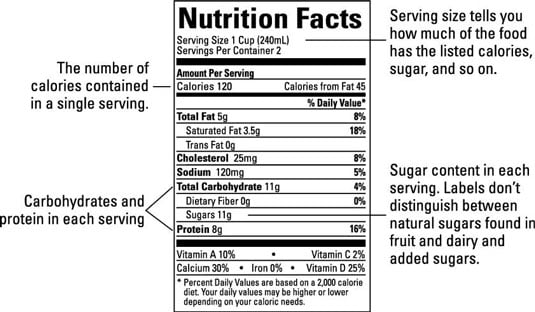
Understanding fat on nutrition labels
Understanding Food Labels | The Nutrition Source | Harvard T.H. Chan ... For example, a bag of potato chips may advertise that it has 40% less fat and is cholesterol-free, suggesting it is a "healthy" food, when in reality even a "healthier" potato chip is still a high-calorie ultra-processed food offering little nutrition. Some terms are not yet regulated by the FDA such as " natural " or "multigrain." Understanding Fats Fat is essential to give your body energy and to support growth and development. Fat helps protect your organs, keep your body warm and absorb nutrients from food. ... Understanding Fats. John Hancock Raising Healthy Hearts Program 617-726-3826. Like us on Facebook; ... Trans fat (Listed on nutrition label as partially hydrogenated oil) Baked ... Understanding Nutrition Fact Labels | Penn Highlands Healthcare Unlike saturated fat, sodium, and sugar, Americans generally do not consume enough of these nutrients. Fiber can decrease constipation, lower blood glucose levels and cholesterol levels, while also reducing your caloric intake. Vitamin D, calcium, iron, and potassium can reduce your risk of developing osteoporosis, anemia, and high blood pressure.
Understanding fat on nutrition labels. How to Understand and Use the Nutrition Facts Label | FDA Nutrients to get less of: Saturated Fat, Sodium, and Added Sugars. Saturated fat, sodium, and added sugars are nutrients listed on the label that may be associated with adverse health effects - and... Understanding Nutrition Labels: LabelCalc Using Online Nutrition Analysis Software to Create Your Nutrition Label While it is certainly important to understand nutrition labels, it's not worth stressing over every little detail. With FDA-compliant online nutrition analysis software, you really only need to enter your recipe using the software's database and serving size , then the ... Learn How the Nutrition Facts Label Can Help You Improve Your Health Calories & Fat Larger, darker letters make calories the easiest item to see. When it comes to health outcomes, the type of fat you eat matters more than the overall amount of fat. For this reason, the label shows percentages of calories from unhealthy saturated and trans fats rather than the percentage of calories from all fat. Added Sugars Understanding Food Nutrition Labels - American Heart Association When the Nutrition Facts label says a food contains "0 g" of trans fat, but includes "partially hydrogenated oil" in the ingredient list, it means the food contains some trans fat, but less than 0.5 grams per serving. So, if you eat more than one serving, you could end up eating too much trans fat.
Understanding Food Nutrition Labels | Sanford Fit Nutritional Information When looking at fat, carbohydrates, sodium, added sugar, and vitamins, the percent Daily Value (%DV) is a good guide. The percent Daily Value (%DV) will show how much of a nutrient is in a serving of food and contributes to a total daily diet. A general guide: 5% DV or less of a nutrient per serving is considered low. 20 Tips for Understanding Nutrition Labels | Eat This Not That Macronutrients include fat, carbs (which also breaks down into fiber and sugar), and protein. If anything stands out to you—like the product having 17 grams of fat or 25 grams of sugar—use those numbers to help you skim the ingredient list. For example, a cereal that has 6 grams of fat in it is odd. Tips for understanding the Nutrition Facts Labels Limit fats in your diet to 5%-20% DV for individual food items Aim to have 100% of the % DV of fiber, vitamins, and minerals in your diet—checking labels for the % DV in individual foods can help you achieve that goal Read the label before you eat the food The bottom line The following chart of Percent Daily Values is based on a 2,000-calorie diet. Food Labels | CDC - Centers for Disease Control and Prevention If you eat the whole thing, you are eating 8 times the amount of calories, carbs, fat, etc., shown on the label. Total Carbohydrate shows you types of carbs in the food, including sugar and fiber. Choose foods with more fiber, vitamins, and minerals. Choose foods with lower calories, saturated fat, sodium, and added sugars. Avoid trans fat.
Understanding the Nutrition Facts Label - Know Diabetes by Heart For individuals on an insulin to carb ratio—you can use the Nutrition Facts label to help you add up the total grams of carbohydrates you are eating, then divide by the ratio. For example, let's take this label once again. If you are eating 2/3 of a cup of this product, it would be 37 grams of carbs. Let's say you were also going to have ... Understanding and Using the Nutrition Facts Label fat-free or 1% low-fat dairy products, eggs, lean meats packaged foods, snacks, and condiments. Limit baked and poultry, seafood, soy products, nuts, and seeds. Understanding Nutrition Labels and Information - Teladoc Health, Inc. Here is a guide to understanding what those nutritional claims mean: Low Calorie: Less than 40 calories per serving. Calorie Free: Less than 5 calories per serving. Fat-Free: Less than 0.5 grams of fat per serving. Sugar-Free: Less than 0.5 grams of sugar per serving. High Fiber: 5 grams or more of fiber per serving. Understanding Food Nutrition Labels | American Heart Association When the Nutrition Facts label says a food contains "0 g" of trans fat, but includes "partially hydrogenated oil" in the ingredient list, it means the food contains some trans fat, but less than 0.5 grams per serving. So, if you eat more than one serving, you could end up eating too much trans fat.
Understanding Nutrition Labels - Facty Health Understanding Nutrition Labels. Food manufacturing companies in the U.S. are required by law to label all food products. They are legally required to provide information about calories, fat, sugar, salt, and nutritional values so that consumers can make informed decisions about their purchases. A lot of this information can feel alien, though ...
Food Labels: Fat & Cholesterol | Home & Garden Information Center The Nutrition Facts label shows you how much fat is in a product, even if the fat is hidden as an ingredient. The serving size and the nutrients listed on this label are consistent, which makes it easy to compare similar products without any calculations. % Daily Values (% DVs) are listed in a column on the "Nutrition Facts" label.
Understanding Nutrition Fact Labels | Penn Highlands Healthcare Unlike saturated fat, sodium, and sugar, Americans generally do not consume enough of these nutrients. Fiber can decrease constipation, lower blood glucose levels and cholesterol levels, while also reducing your caloric intake. Vitamin D, calcium, iron, and potassium can reduce your risk of developing osteoporosis, anemia, and high blood pressure.
Understanding Fats Fat is essential to give your body energy and to support growth and development. Fat helps protect your organs, keep your body warm and absorb nutrients from food. ... Understanding Fats. John Hancock Raising Healthy Hearts Program 617-726-3826. Like us on Facebook; ... Trans fat (Listed on nutrition label as partially hydrogenated oil) Baked ...
Understanding Food Labels | The Nutrition Source | Harvard T.H. Chan ... For example, a bag of potato chips may advertise that it has 40% less fat and is cholesterol-free, suggesting it is a "healthy" food, when in reality even a "healthier" potato chip is still a high-calorie ultra-processed food offering little nutrition. Some terms are not yet regulated by the FDA such as " natural " or "multigrain."
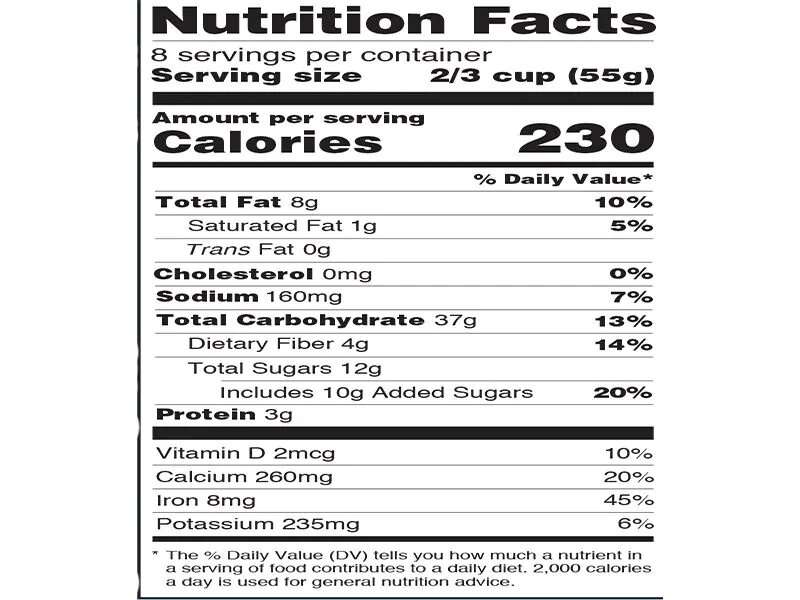



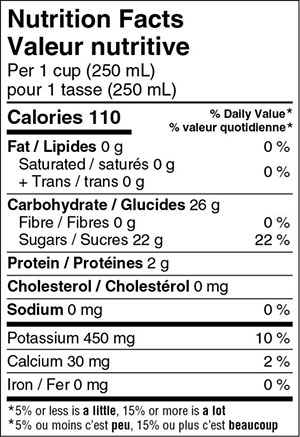


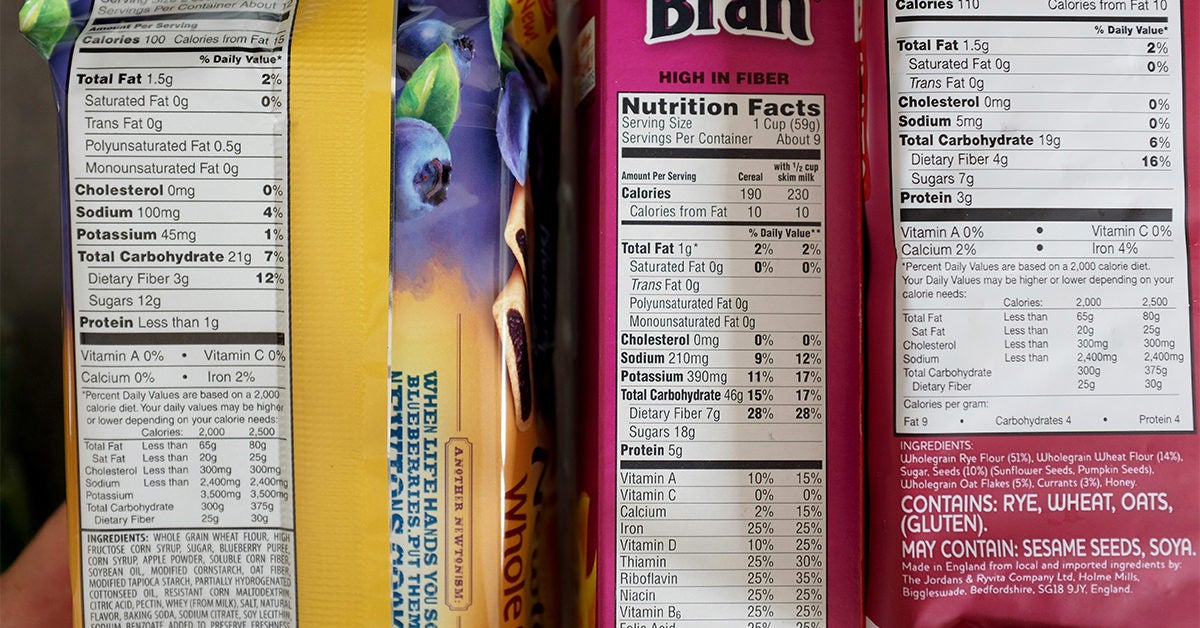


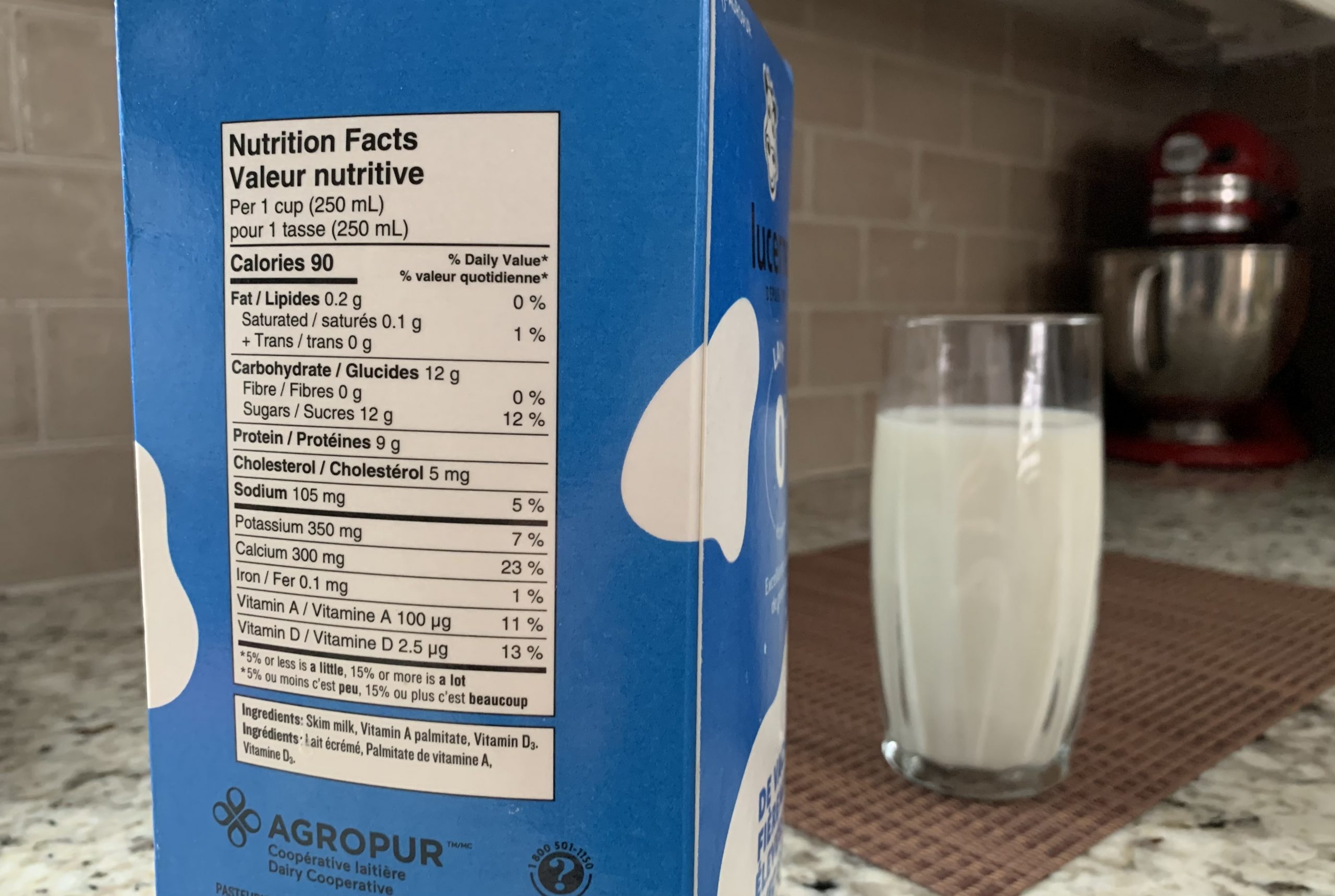




/Untitled-design-1--5755c3703df78c9b46903dab.jpg)
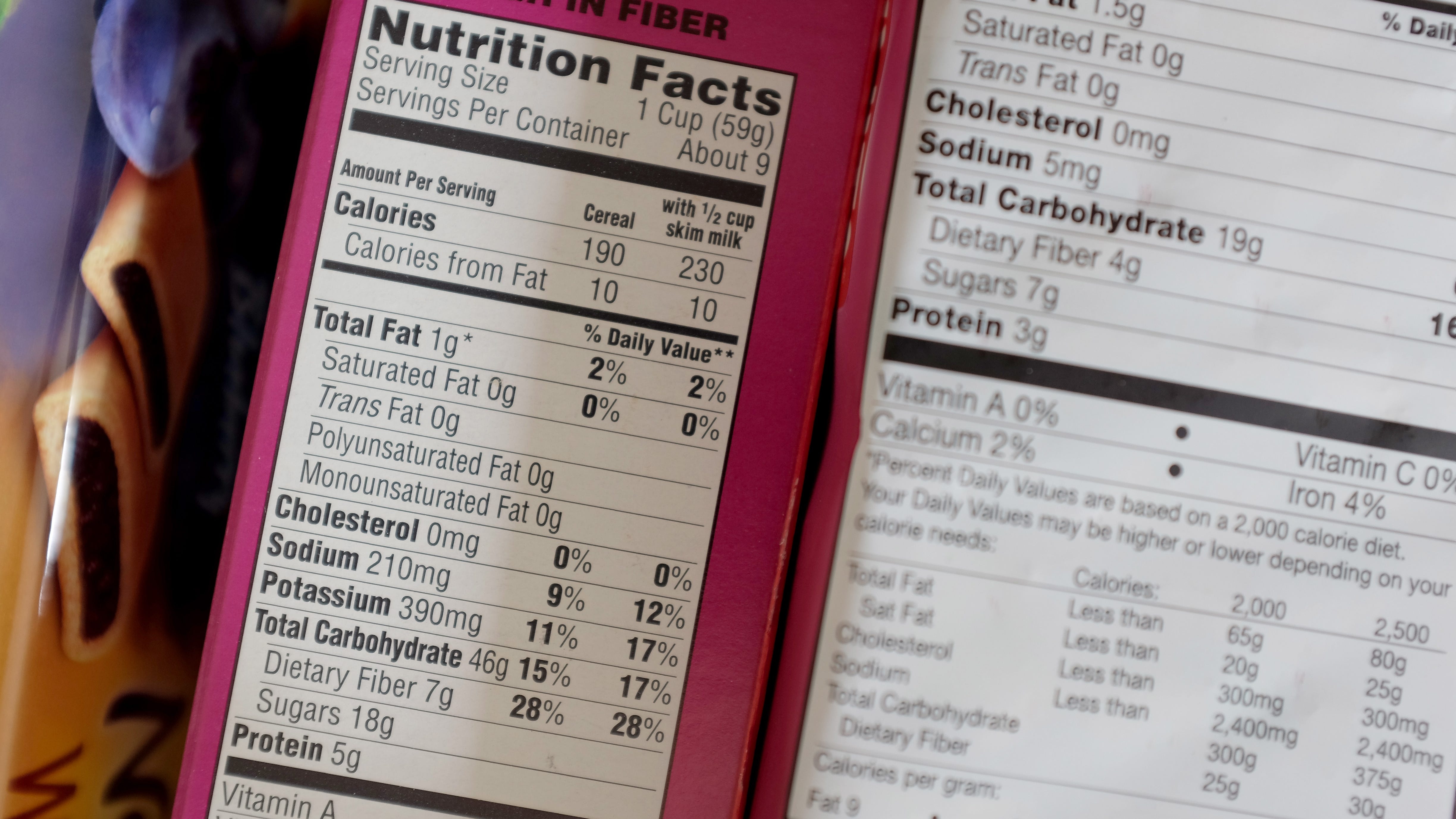
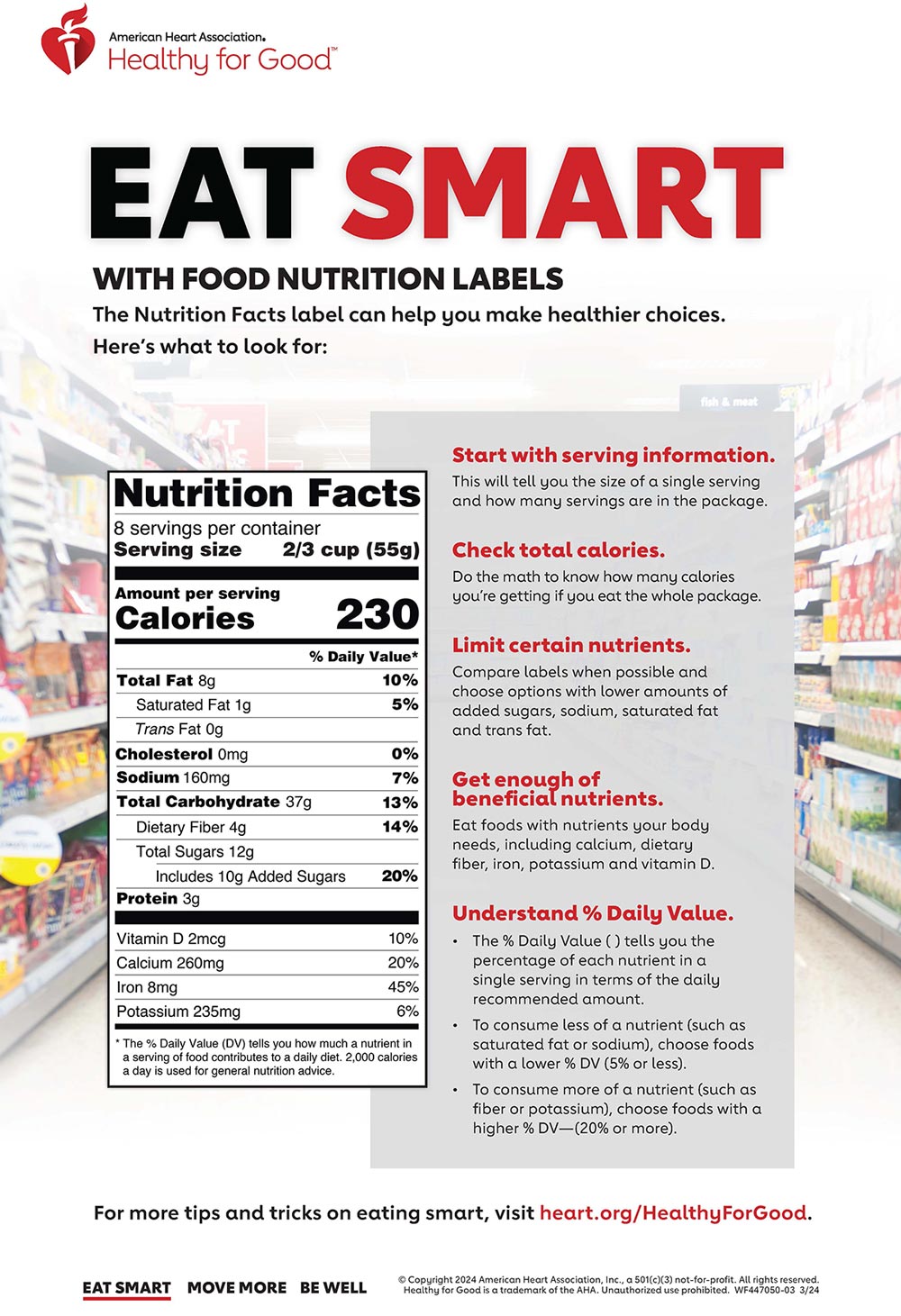
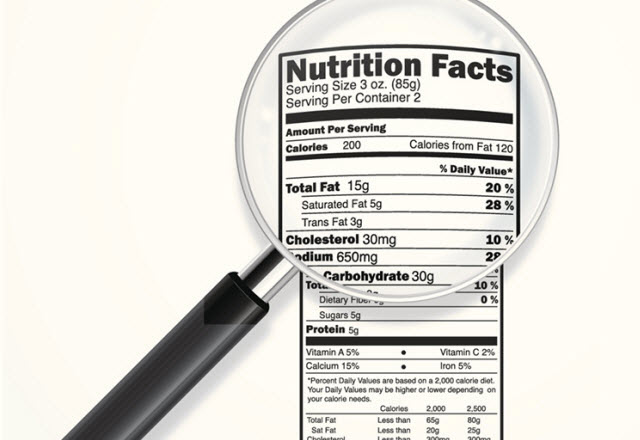
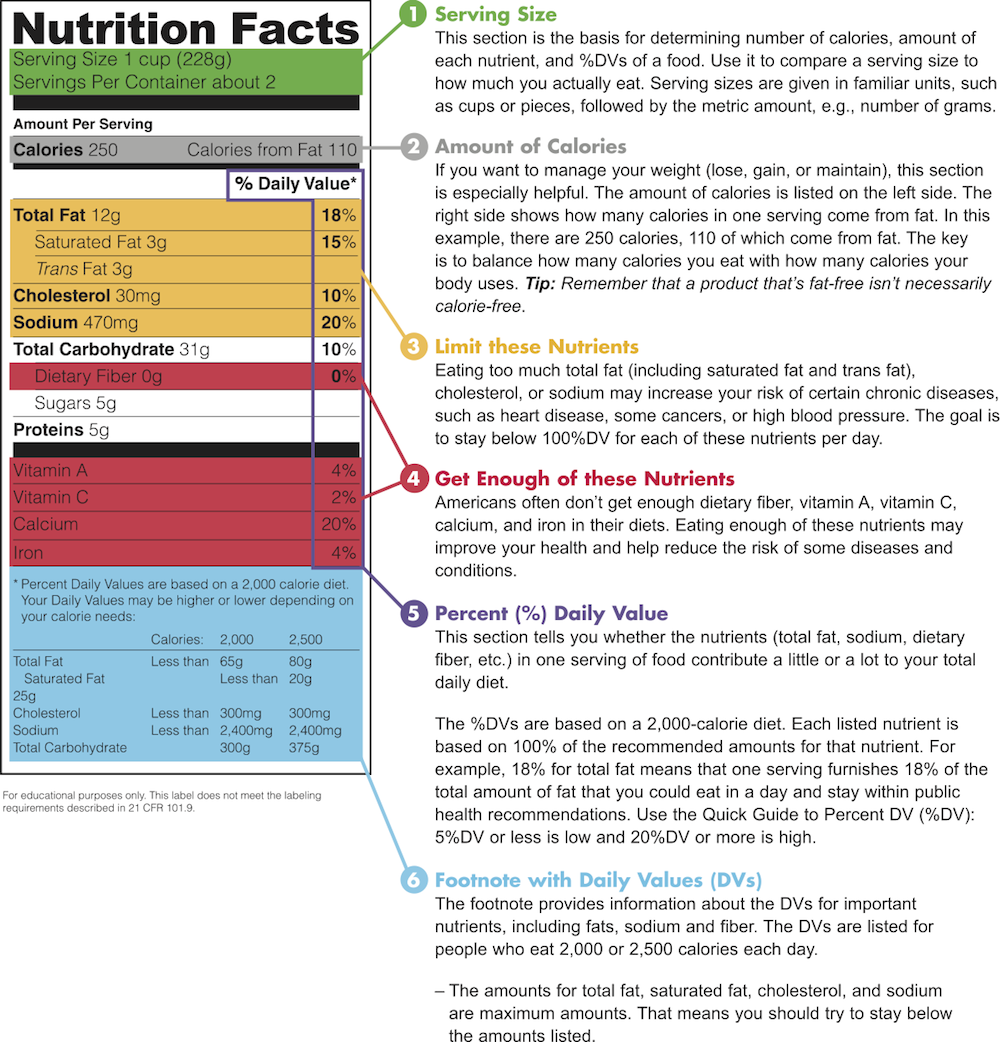

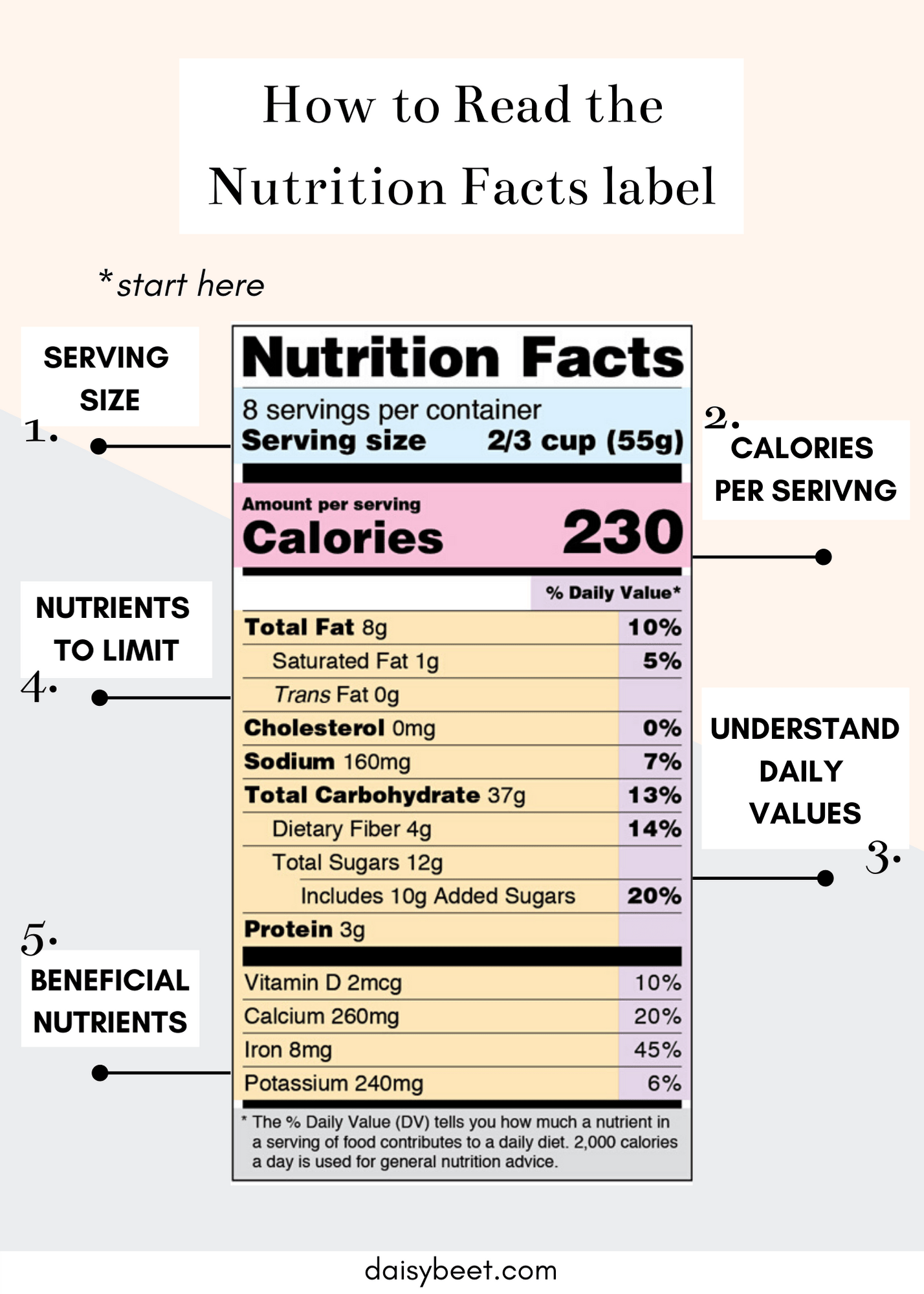

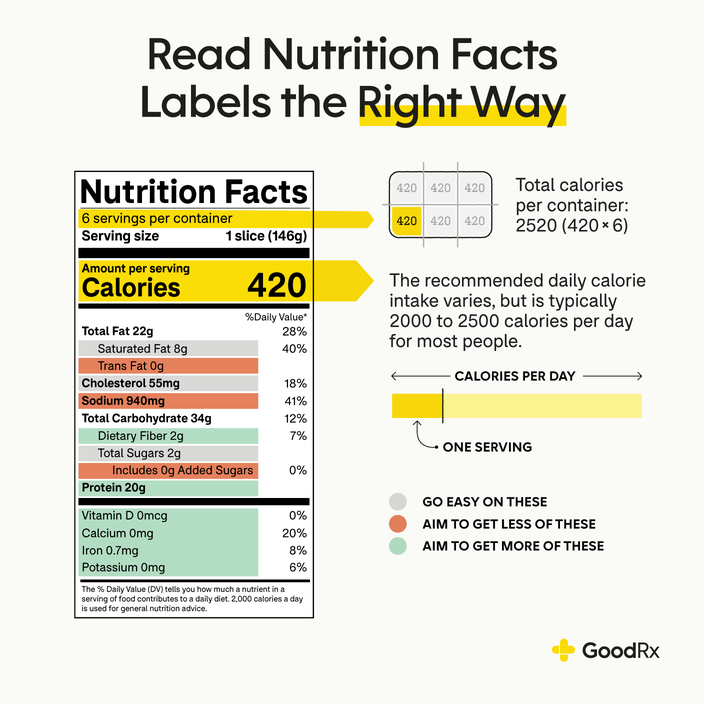


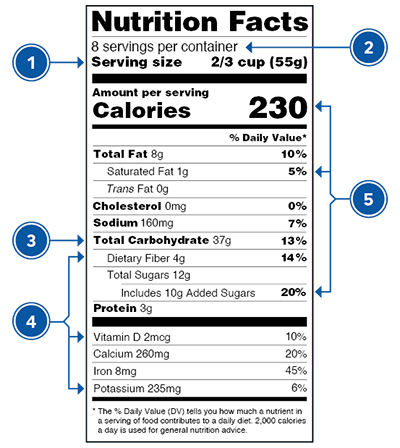
/Untitled-design-1--5755c3703df78c9b46903dab.jpg)
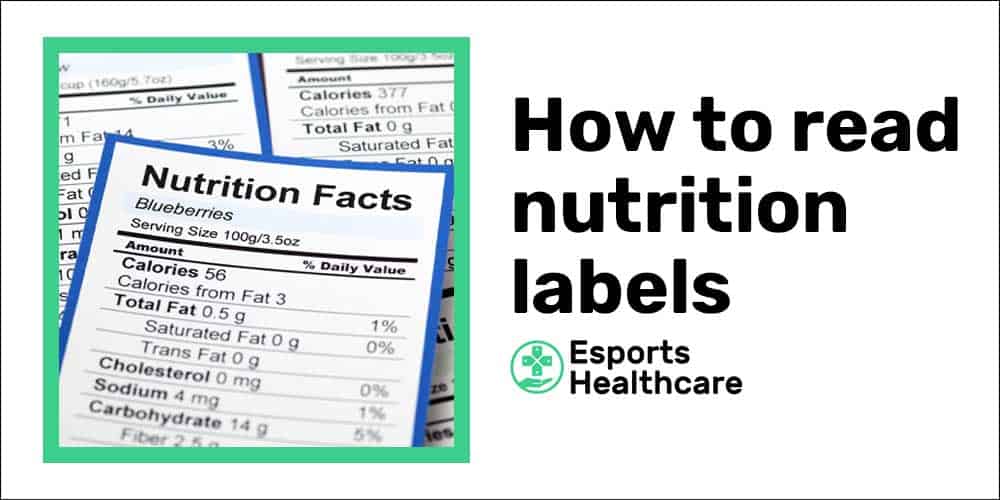

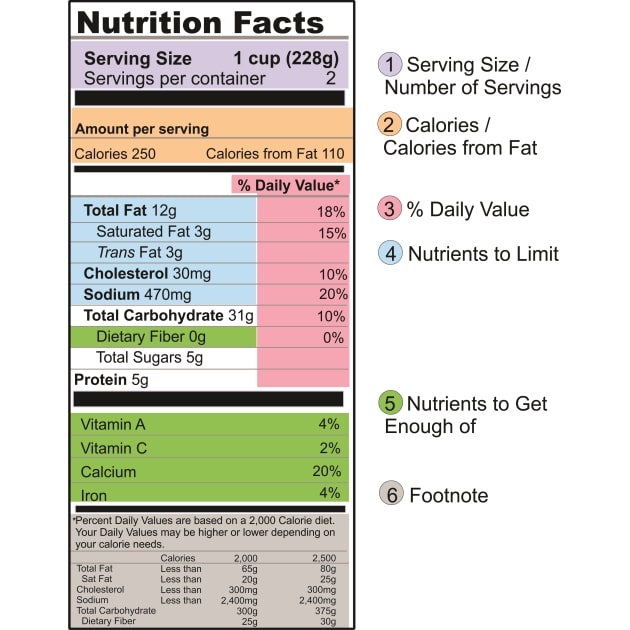
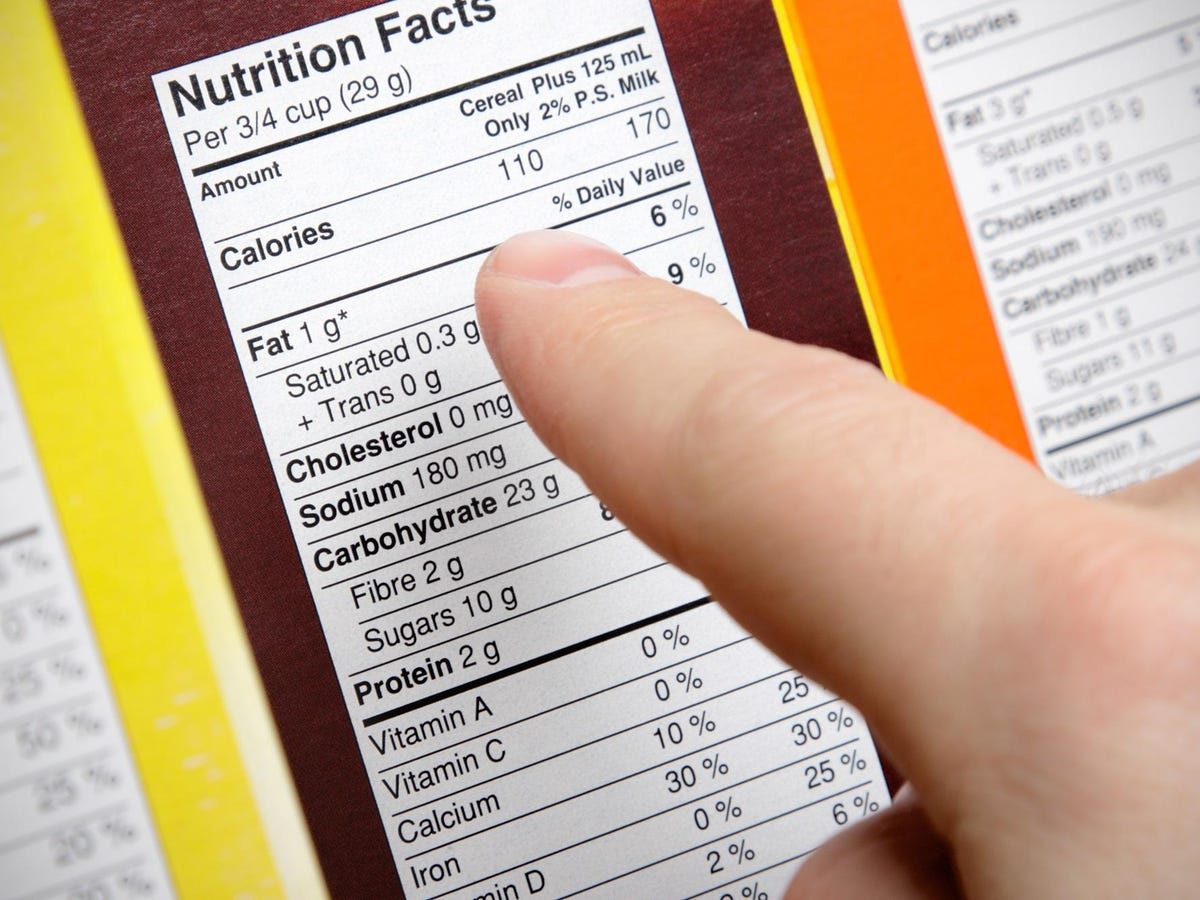





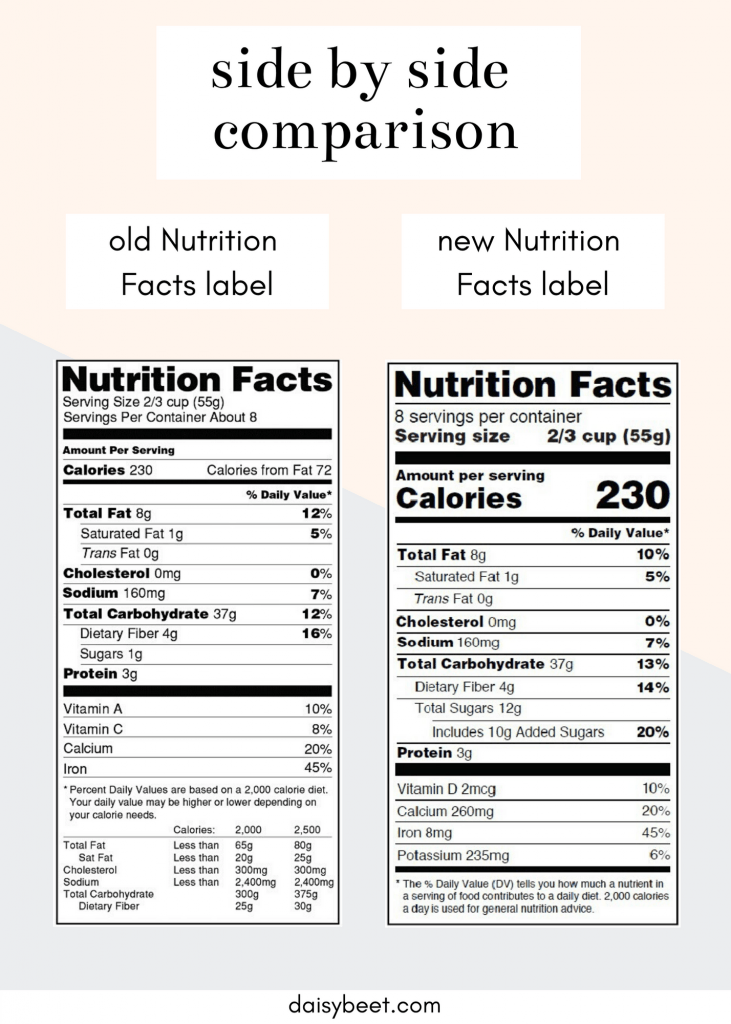
Post a Comment for "42 understanding fat on nutrition labels"